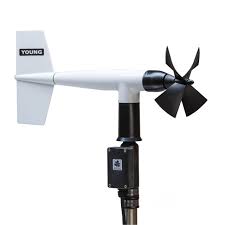Extreme Weather Impact on Solar Power
Sensors,
Meters, and Apps
It pays to watch the site-specific weather and power production for a solar installation, especially during extreme weather events.
Weather is so important that solar industry insurance provider, Renewable Guard, offers policies with real-time weather monitoring, according to Reuters.
The primary risks to solar installations are wind, flooding, and hail.
Wind Damage and Solar
Wind is the most common cause of damage for photovoltaics systems, according to Thorsten Kray, PhD Head of the PV Wind Loading Department. In the event of high winds, adjusting array angles can avoid catching the wind like a sail. Plus, high wind alerts from the app can help people prepare for these weather events. In the event of wind damage to PV panels, having local wind data can help with warranty claims.
Flooding
As for flooding events, roof-top installations are typically not affected. However, ground-mounted arrays footings can become separated from the racking or the ground during floods.
Interruptions to Power Production
If power production stops or lowers significantly, especially during an extreme weather, a site visit may be necessary. An array could be damaged and offline. Addressing the issue early on, rather than weeks later, keeps the power production on track.
Panel Temperatures
Extremely high panel temperatures may explain a dip in power production.
Monitor the Weather
Monitoring the weather, especially during extreme events, and various aspects of a solar installation can ensure the investment is working as it should. Severe winds, flooding, and high temperatures all have an impact on a solar installation and power production. Tracking these conditions and performance provides peace of mind.
Easily watch important solar assets from anywhere with web-based monitoring. A local, web-enabled weather station and electricity meter can monitor important aspects of a solar installation.
Recent Posts
About PowerWise
PowerWise is a proven innovator of monitoring and control technology.
